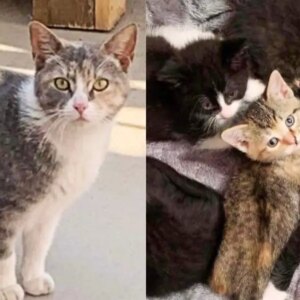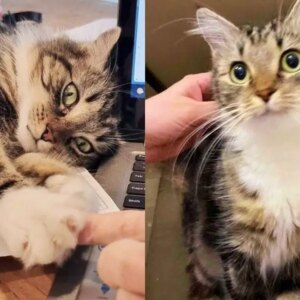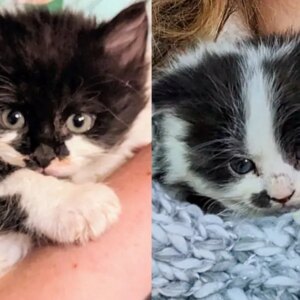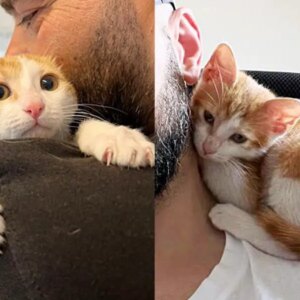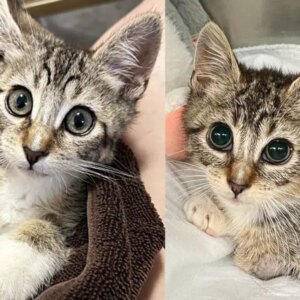Cats are beloved companions known for their independence, agility, and affection. As responsible pet owners, it is crucial to educate ourselves about common cat diseases to ensure the well-being of our feline friends. From parasites and viral infections to chronic conditions, this article will explore the various diseases that can affect cats throughout different stages of their lives. By understanding these illnesses, their symptoms, and prevention strategies, we can provide our furry companions with the care they need to live long, healthy lives.

1. Common Diseases in Kittens
Parasites
Kittens are particularly susceptible to parasites, which can hinder their growth and overall health. Common parasites in kittens include fleas, ticks, and intestinal worms such as roundworms, hookworms, and tapeworms. These parasites can cause symptoms like diarrhea, weight loss, poor appetite, and anemia. Regular deworming and preventive treatments for fleas and ticks are crucial in safeguarding kittens against these common parasites.
Upper Respiratory Infections
Upper respiratory infections, also known as cat flu, are frequently seen in kittens. These infections are typically caused by viruses like feline herpesvirus and feline calicivirus. Symptoms include sneezing, nasal discharge, coughing, fever, and loss of appetite. Proper vaccination and minimizing exposure to infected cats can significantly reduce the risk of upper respiratory infections in kittens.
Ringworm
Ringworm is a highly contagious fungal infection that affects the skin, fur, and nails of kittens and cats. It manifests as circular patches of hair loss with redness or scaling. Ringworm can spread to humans, so prompt treatment and isolation of infected kittens are essential. Antifungal medications, environmental decontamination, and proper hygiene practices are vital in managing and preventing the spread of ringworm.
Related: Kitten Vaccinations: Everything You Need to Know

2. Common Viral Infections in Cats and Kittens
Feline Immunodeficiency Virus (FIV)
Feline Immunodeficiency Virus (FIV) weakens a cat’s immune system, making them susceptible to various infections and diseases. It is primarily transmitted through bites during fights between infected and non-infected cats. Symptoms may not appear for years after infection, but common signs include weight loss, recurrent infections, dental problems, and poor coat condition. Preventive measures, such as keeping cats indoors and neutering them to minimize fighting, can help prevent FIV transmission.
Feline Leukemia Virus (FeLV)
Feline Leukemia Virus (FeLV) is another contagious viral infection that affects cats worldwide. It is commonly spread through close contact with infected saliva, urine, and blood. FeLV can cause anemia, immunosuppression, weight loss, and various cancers. Vaccination, regular testing, and preventing contact with infected cats are key in managing the spread of FeLV.
Panleukopenia
Panleukopenia, also known as feline distemper, is a highly contagious viral disease that primarily affects kittens. It attacks rapidly dividing cells in the bone marrow, intestines, and developing nervous system. Symptoms include fever, vomiting, diarrhea, lethargy, and dehydration. Vaccination plays a vital role in preventing panleukopenia, along with proper hygiene practices to minimize viral contamination.

3. Common Diseases in Adult Cats
Diabetes in Cats
Diabetes is becoming increasingly common in cats, especially those who are overweight or obese. It occurs when the body cannot regulate blood sugar levels effectively. Symptoms include increased thirst, frequent urination, weight loss, and lethargy. Proper diet, weight management, and regular veterinary check-ups can help prevent and manage diabetes in cats.
Feline Lower Urinary Tract Disease
Feline Lower Urinary Tract Disease (FLUTD) encompasses various conditions that affect the urinary bladder and urethra in cats. Symptoms include frequent urination, blood in the urine, straining to urinate, and inappropriate urination outside the litter box. Factors such as diet, stress, and obesity can contribute to FLUTD. Adequate hydration, a balanced diet, and a stress-free environment are crucial in preventing FLUTD.
Dental Disease in Cats
Dental disease is prevalent among adult cats, leading to discomfort, pain, and other health issues. Tartar buildup, gum disease, and tooth decay can result in tooth loss and infections. Regular dental care, including brushing teeth, professional cleanings, and a balanced diet, can help maintain good oral hygiene and prevent dental disease.
Cancer
Cancer can affect cats of any age and breed. Common types of cancer in cats include lymphoma, mammary gland tumors, and squamous cell carcinoma. Symptoms vary depending on the type and location of the cancer. Early detection, routine check-ups, and providing a nutritious diet can help reduce the risk of cancer and improve the chances of successful treatment.
Read more: Mange in Cats (Causes, Treatment & Prevention)
Being aware of common cat diseases is crucial for every cat owner. By understanding the signs, symptoms, and prevention strategies associated with parasites, viral infections, and chronic diseases, we can ensure the well-being of our feline companions. Regular veterinary check-ups, proper vaccinations, a balanced diet, and a clean and stress-free environment are key to maintaining their overall health and happiness. Remember, early detection and prompt intervention play a vital role in managing and preventing cat diseases, so stay vigilant and provide your cat with the love and care they deserve.

